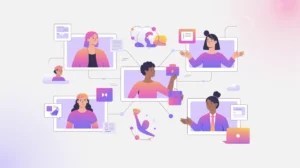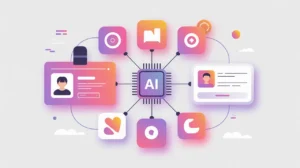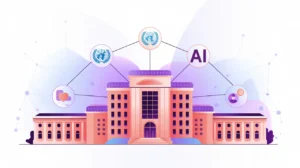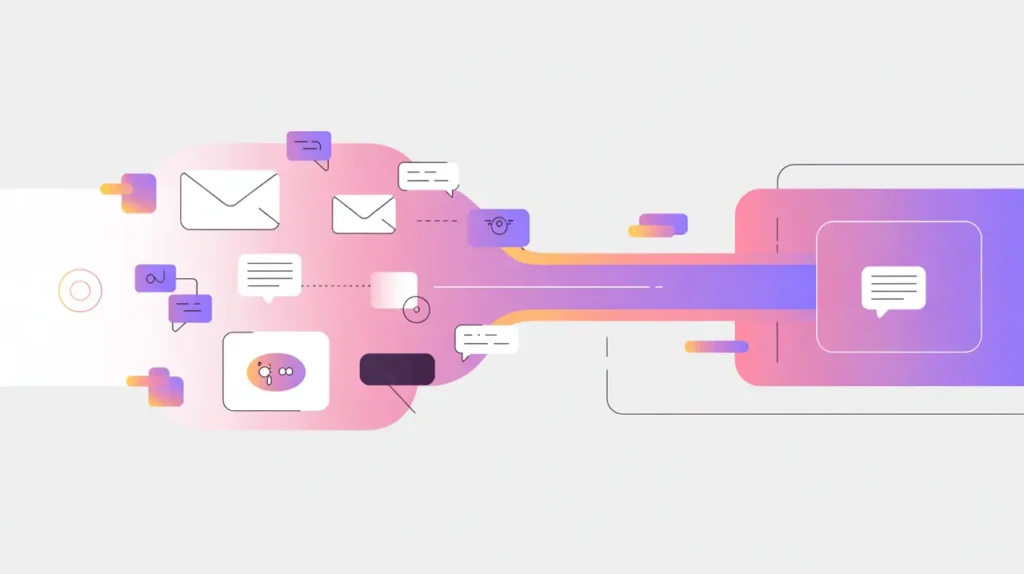Importance of Mobile Application Frameworks
Mobile Application Frameworks are development environments that provide tools, libraries, and prebuilt components to simplify the creation of mobile apps. They allow developers to build applications for iOS, Android, or both, often from a single codebase. Their importance today lies in making mobile development faster, more cost-effective, and more accessible. They are therefore critical in a world where mobile devices are the primary channel for digital engagement.
For social innovation and international development, mobile application frameworks matter because mission-driven organizations often need to reach people in communities where smartphones are the most reliable connection to digital services. Frameworks enable faster deployment of health apps, learning platforms, and crisis-response tools that meet people where they are.
Definition and Key Features
Frameworks like React Native, Flutter, Xamarin, and Ionic allow cross-platform development, enabling one app to run on multiple operating systems. Native frameworks (like Swift for iOS or Kotlin for Android) provide full access to device features but require separate development for each platform. Hybrid frameworks trade some performance for speed and cost-efficiency.
They are not the same as mobile web apps, which run in browsers, nor are they equivalent to low-code platforms that emphasize simplicity over flexibility. Mobile application frameworks specifically provide the infrastructure for building fully functional mobile apps.
How this Works in Practice
In practice, mobile frameworks offer UI components, APIs for device integration (such as GPS or camera), and performance optimization tools. Cross-platform frameworks reduce development costs by maintaining one codebase, while native development is chosen for performance-critical or hardware-intensive applications. Open-source ecosystems contribute plugins and modules, expanding functionality for developers.
Challenges include performance trade-offs in cross-platform approaches, the need for frequent updates to match evolving operating systems, and the complexity of ensuring accessibility across devices with varying power and connectivity. Security practices must also be prioritized, particularly for sensitive data in health or humanitarian apps.
Implications for Social Innovators
Mobile application frameworks empower mission-driven organizations to deliver impact at scale. Health systems can launch diagnostic or appointment apps that operate across device types. Education initiatives can create learning apps that function offline in resource-constrained areas. Humanitarian agencies can deploy crisis-reporting apps that integrate with GPS and messaging services. Civil society groups can build advocacy and engagement tools accessible to communities through their phones.
By enabling cost-effective, scalable, and accessible app development, mobile application frameworks help organizations connect directly with the people they aim to serve.







